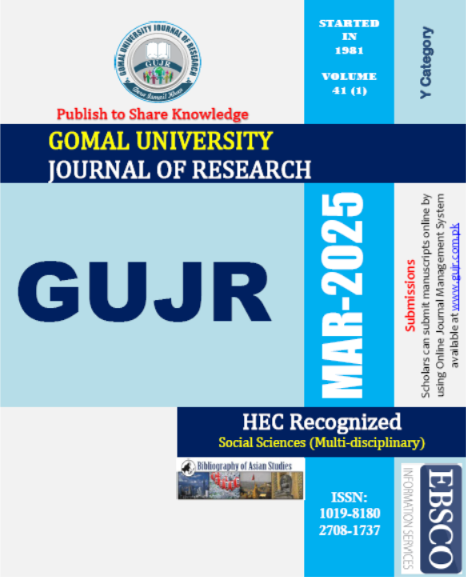EXPLORING THE GENDER REPRESENTATION IN TEXTBOOKS OF BALOCHISTAN AT SECONDARY LEVEL: AN EXAMINATION
Abstract
One of human right that is essential to the fulfilment of all other rights is education. It empowers people, encourages the personal liberty, and makes a substantial contribution to general growth. In contrast, textbooks are vital to the educational process because they act as guide for knowledge transfer from more experienced people (teachers) to students and as medium of change. The depiction of gender in Balochistan secondary school textbooks is critically examined in this study, with an emphasis on locating and evaluating gender biases in the course materials. Gender representation in the curriculum was investigated using exploratory research design & qualitative content analysis were used as research approach. Text in context approach was considered to explore gender representation in the study. Research shows stark imbalance and gap between male and female representations, with males being portrayed as intelligent, capable, and in leadership roles and women mostly restricted to caring for the home and children. Additionally, this study demonstrates how these stereotyped narratives influence that how society views and thinks, and how they uphold established gender standards that limits chances for young students. Thus, the data collected highlights the pressing need for curricular changes that result in a more equitable and inclusive gender representation, guaranteeing that the male and female students are equally represented in the instructional materials.





